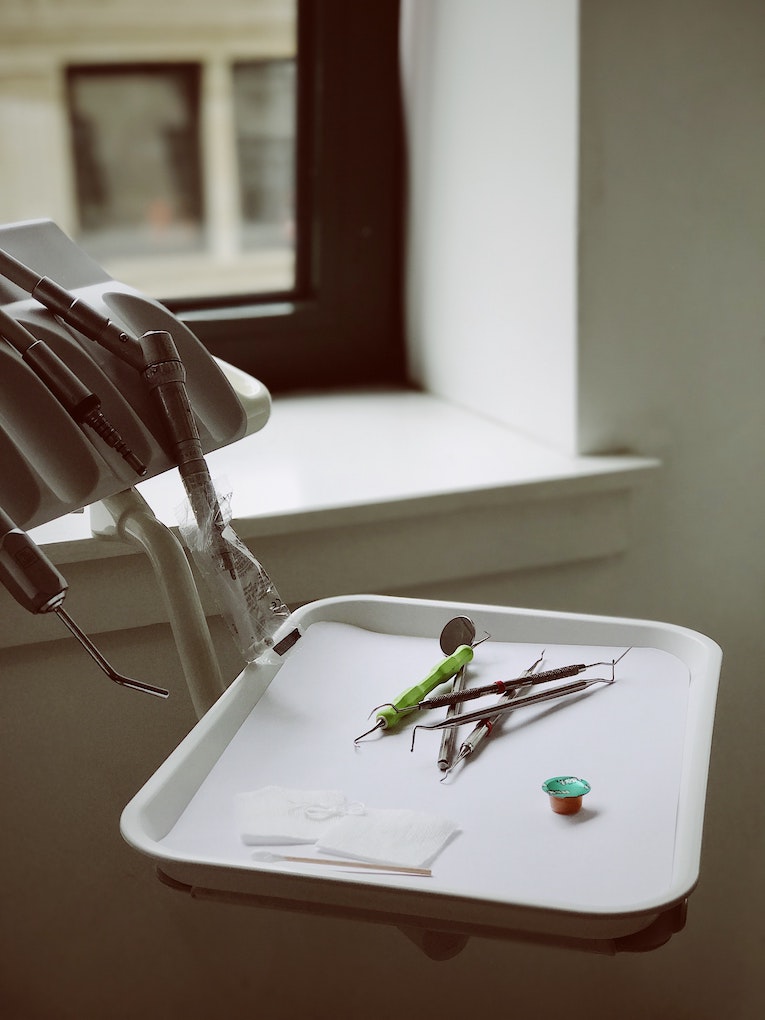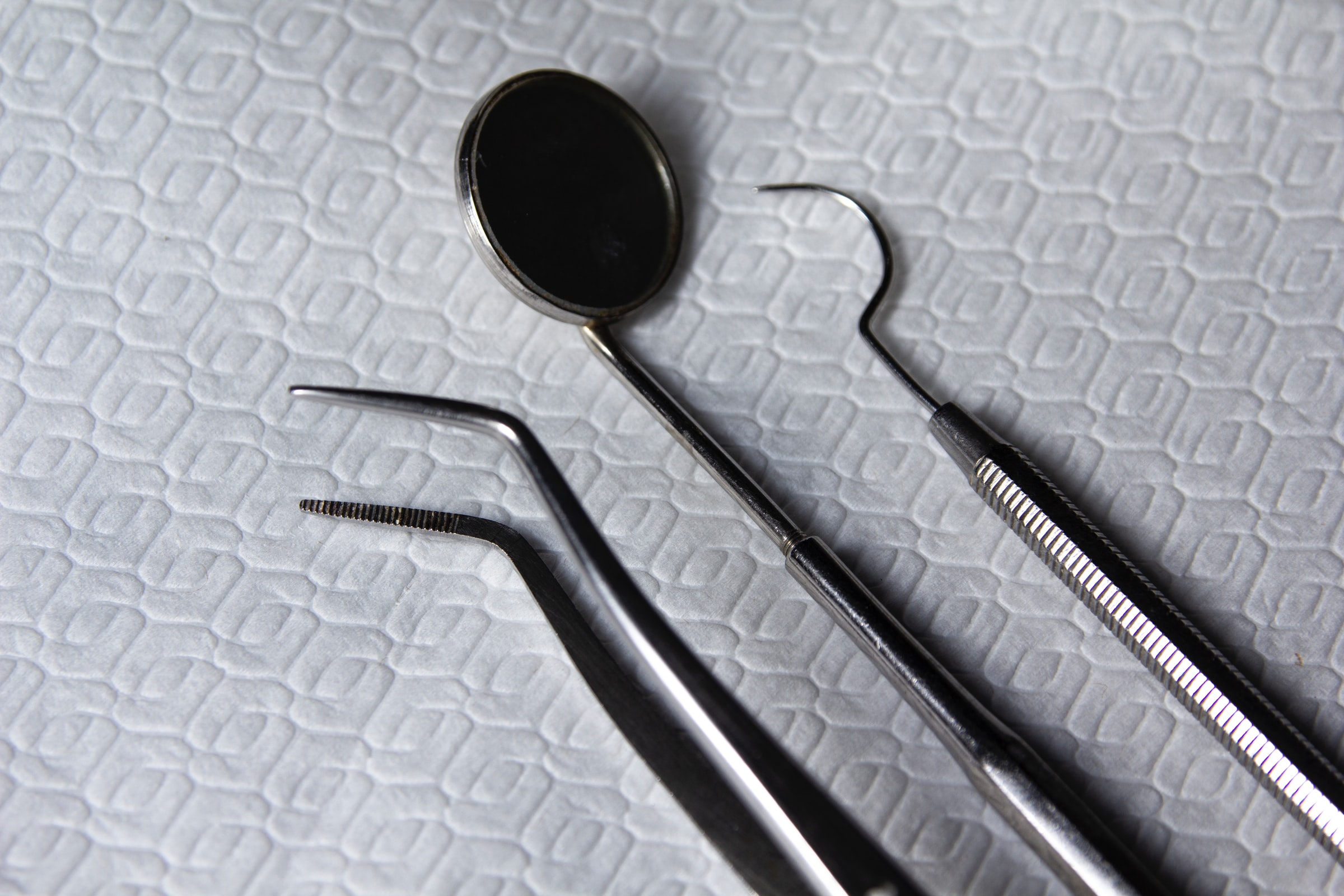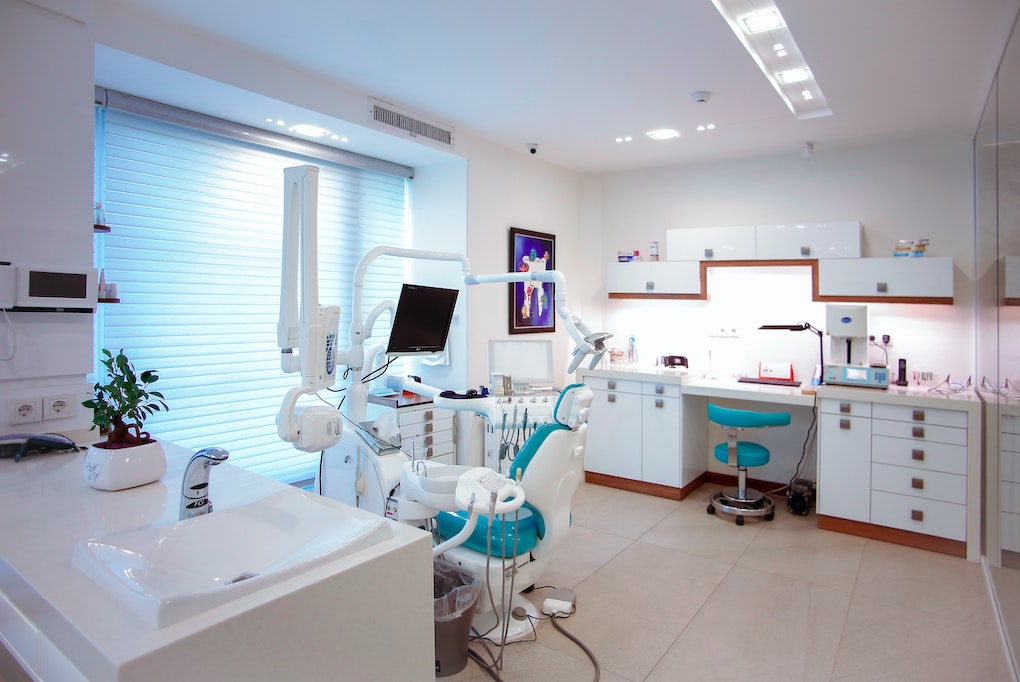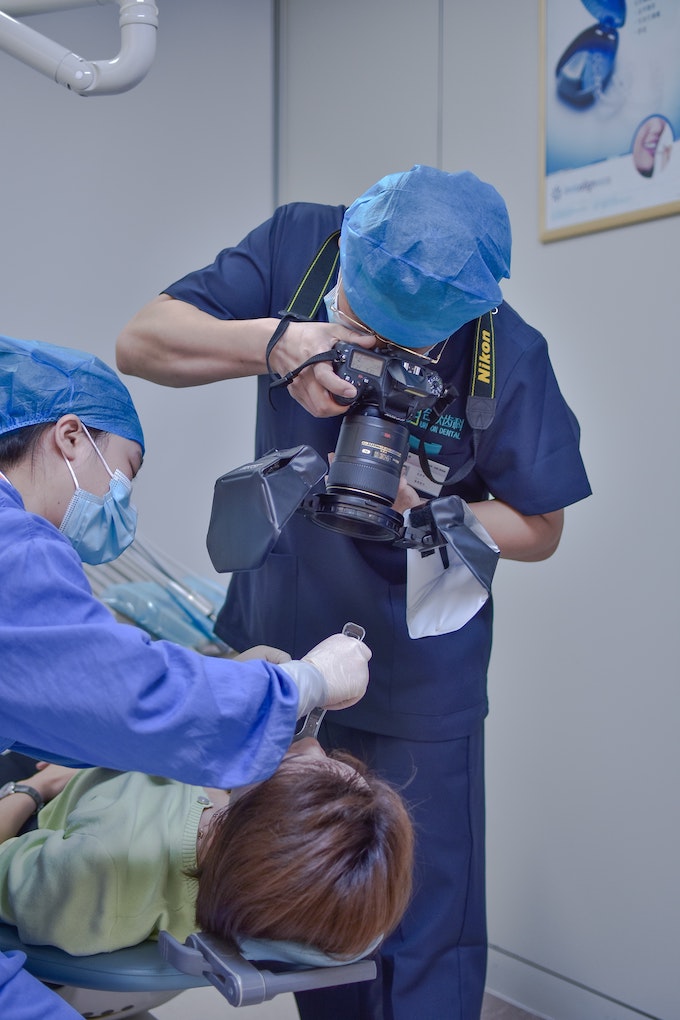
When should you start your own dental practice or join an existing practice? That is the literal million-dollar question — and, luckily for you, one that the experts at Professional Transition Strategies (PTS) can answer.
Perhaps you have a desire for independence as a dental practitioner, maybe you’re ready to take on a challenge physically, financially and emotionally, or you simply have the startup capital to get a dental practice off the ground. No matter your reason, it can cost upward of $250,000 to start a dental practice from scratch, so you’ll want to have a solid business plan in place.
But where to start? You’ve come to the right place!
While it will be harder to start a dental practice from essentially nothing, it will certainly be more rewarding.
You’ll also want to learn the answers to:
• How do I start my own dental practice?
• How long does it take to buy a dental practice?
• Is it hard to start your own dental practice?
• How much does it cost to start up a dental practice?
Buying a dental practice versus starting from scratch
Timeline
While weighing the pros and cons specific to your financial and personal situation, PTS walks you through the steps of each option.
Starting any business from the ground up will ultimately take more time than taking on a previously existing practice. But if time allows, with the help of PTS you can design and customize the practice to represent you personally and professionally based on your vision. That vision could include a floor plan that allows for increased productivity and efficiency, as well as determining rather than inheriting the culture within the practice.
If making money is your first priority, then a dentist who purchases an established practice will make more money within the first few years than one who starts a dental practice from scratch.
New versus used dental office equipment
While it may seem fun to pick out all new dental office equipment, it will, of course, come with a price tag. Used equipment can also prove to be costly. Used equipment and technology may be outdated and in need of a little sweat equity to get the office up and running in terms of software and even aesthetics. With a new practice, time must be spent negotiating pricing for equipment and construction based on national pricing.
Be sure to crunch the numbers
Any new business venture requires a significant amount of number crunching. With a new business, debt commonly ranges from $500,000 to $1 million with profitability projected between six and nine months. There is also an attrition rate of between 15% and 20%, compared to an existing practice in which you can expect a profit from day one but an expected 7% to 10% of the existing patient base to leave after the transition.
Location and demographics are important
Just because you opened the practice of your dreams, doesn’t mean patients will automatically come in the doors. When you choose the location of your practice based on precise demographic data, the right location will expedite that growth. Starting a dental practice from scratch in the location of your choice will ensure pre-chosen patient demographics are in your favor, while having an established patient base with proven market potential means you won’t need to spend much on bringing new patients in the door.
Teamwork
With a new dental practice, factor in the time spent implementing and executing training for all employees, as well as interviewing and assembling a complete list of vendors. Along the same lines, a new practice requires time and money to market yourself and the practice, as well as a forecast and plan for your growth strategy.
Who can start a new dental practice?
Dental school graduates
You’ve studied for the past eight years and finally have a much-coveted dental degree in hand. Now what? With so many established dental practice transition options, it’s a natural inclination to take that route. You can find a dental service organization (DSO) or individual practice that wants to take on an associate to get your feet wet without an ownership benefit or management responsibility to relocate or move among practices with ease and little stress since there is no real commitment on your end. But with a 20% success rate, PTS does not recommend this route.
New dental school graduates are in a good position to establish a startup. Instead of taking on an existing client base, you would start your own practice from the ground up. Although this is the ultimate dream for most, it’s worth mentioning that between dental school and bank loans, you have the potential to be $1 million in debt before seeing your first patient. This may not be an issue for you since the success rate for a dental practice is so high. Start by assessing your debt load and making sure you aren’t overextending yourself.
Be sure to explore your other options, too, like a buy-out, buy-in, or even military, school or government.
PTS has a an e-book dedicated to dental school graduates.
Get a plan in place
Build an advisory team
As with any team, you’re only as strong as your weakest link.
PTS can help you assemble a team of advisors to help guide you through every step of the process to ensure the success of your business from the beginning. It’s important to choose advisors who have experience in the dental industry, such as a consultant, technology advisor, real estate broker, equipment and supply representatives, certified public accountant (CPA), and attorney.
Consider location
Make sure that your lifestyle works with the location you are considering, whether it’s in a metro or rural area. Also remember that the old real estate adage of “location, location, location” also applies to your dental practice. Evaluate whether you want to lease or buy, your timeframe, and size requirements, as well as how much sweat equity you are willing to put in.
Acquire license
Arguably most importantly, get licensed in your desired area, if you are not already. If you are not currently licensed in the state in which you want to practice, learn the process. Do you need to take an exam? How much will it cost? Do you have the correct insurances? How long will it take?
Follow a timeline to establish a dental practice
9–12 months before opening
PTS breaks down the steps to dental practice ownership with a timetable to make it more manageable. As with any major life purchase, start by evaluating your personal financial situation and develop a budget. Then, finalize the city or community in which you want to practice, evaluate alternative locations in the area, conduct a preliminary appraisal and demographic analysis, and review leases with an attorney, as well as confirm that the location meets all zoning requirements. Our experienced team can help you with these steps.
Think big picture by identifying your personal goals and preferences for a practice, developing a philosophy of practice, and evaluating practice alternatives.
8 months before opening
Start by assembling your team of advisors, including PTS, an attorney and a certified public accountant, all of whom should ideally have experience with dental practices. After signing a lease, develop a list of major equipment needed and necessary remodeling upgrades, in addition to determining a desired delivery system.
7 months before opening
Perhaps most importantly, you’ll need to apply for a loan. Start by developing a preliminary loan package with the help of your lender. Be sure to shop around to get the best rates. Get estimates from contractors on pricing and options for office improvements.
6 months before opening
You’re in the home stretch! You’ve made your list and checked it twice. Now it’s time to buckle down as your dream becomes a reality by finalizing the loan package, approving office improvements, developing an office policy and procedure manual, and determining the hours of operation for your practice.
5 months before opening
It’s selection process time as you select your dental equipment, including an instrument management system, record-keeping and business management software, interior finishes and issue drawing for bidding, and bids on leasehold improvements from contractors with completion dates.
4 months before opening
Contingent on passing boards and obtaining finances, sign the contract for leasehold improvements and place an order for all major equipment and dental supplies. After getting a telephone listing and starting a website, evaluate telephone and answering systems. Review patient management software options, state dental act and codes of ethics, and personnel needs. Lastly, obtain provider numbers for Medicaid, Delta, or other service corporations.
3 months before opening
Now is the time to apply for a narcotics license, professional or occupational license, business permit, tax numbers, dental society memberships, and staff privileges. Confirm the timeline of construction and equipment and supply orders to make sure everything is on track. Then, arrange for a telephone number and phone book listing, as well as installation of utilities. You’ll also need to order a computer system, patient management software, stationery, business cards, prescription pads, and other office supplies.
2 months before opening
Explore laboratory, pharmacy and even janitorial options, and arrange for maintenance and uniform and linen service as it all winds down. Complete your fee schedule and payment policies, as well as an application for membership with your state’s insurance provider plans. Join a local credit bureau, make credit card arrangements, and decide which specialists you will refer to patients.
1 month before opening
It’s crunch time to hire and train personnel, inspect and test all equipment and work, place and send office opening announcements in online and print publications, arrange for the inspection of the office required by city or county officials, and plan an open house. Then, let the patients roll in!
Make a plan
Stick to your plan
It takes a go-getter to get a startup off the ground. Whether you are an entrepreneur who wants to forgo your own path or you simply couldn’t find an existing practice that suited your needs and dreams, an actionable plan will help get you where you want to go.
Here’s where to begin:
1. Meet with a bank to get pre-qualified and go through the preapproval process to create a budget. Meanwhile, decided on a business entity type, which you will need for the loan: limited liability company, professional limited liability company, professional association, or S-corporation.
2. Work with a commercial real estate agent who has experience with dental and medical offices to find two or three potential locations to start the negotiation process. Prior to signing a lease, meet with potential dental contractors to help understand construction costs and design options for each site, including equipment needs and layout.
3. Start assembling your dream team!
4. Decide which type of financial institution you want to work with: local banks, regional/national banks, dental-specific banks, Small Business Administration, and equipment loans. While the right bank is not always the bank with the lowest interest rate, interest rate is only one part of the overall loan package, which includes terms, fees, security, convenience, knowledge base, and references.
5. Consider how the location you choose will affect your financing. The average cost for a startup ranges from $350,000 to $550,000, which includes, equipment, leasehold improvements, working capital and external factors, such as the difference between building in a low-cost area compared to a high cost-of-living region. When it comes to square footage of the office space, a smaller space could save money upfront but prevent your ability for growth down the road.
6. Look at all ways to minimize the debt load you’re taking on, including equipment options and leasehold improvements.
7. Along the way, ask yourself: What are your production goals and cash flow projections? Will you be able to service your debt? What services do you want to offer in your practice? How many operatories will you need to accomplish your goals? What is your long-term goal financially and personally?
8. When finalizing a location, determine if it is centrally located and easily accessible near major intersections or busy streets with good parking. Additionally, if you have a non-compete with your previous clinic, check the terms of your agreement to say within any legal constraints, then look at a map to see if you are located near any other competition, as well as if you are in a position to reach your target market.
9. Develop your own unique value proposition that gives you a competitive advantage, like office design and equipment types or insurance and payment options.
10. Finally, create a business plan to blueprint how your practice will become successful. Most lenders will want to see lending plans, growth strategy, profit and loss projections, demographics strategy, mission and vision statements, plan for hiring administrative and clinical staff, and a marketing plan.
Weigh the pros and cons
Pros of starting from scratch
You can start from scratch, with full control over the design and aesthetics of your practice to the types of patients and procedures you attract, as well as the scale of your practice based on your skill set. Yes, your debt rate will be high, but so is the success rate.
Cons
Along the same lines, you can be in debt anywhere between $700,000 to $1 million before you see your first patient, and that’s on top of dental school debt. You should expect a couple of lean years since it can take a while to get the same revenue as if you bought an existing practice.
Still can’t decide?
Good news: PTS has free e-books on the transaction process, other transition options and a guide for recent graduates.








